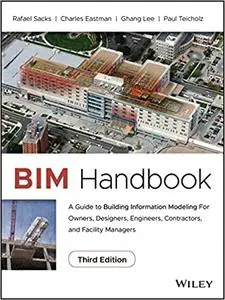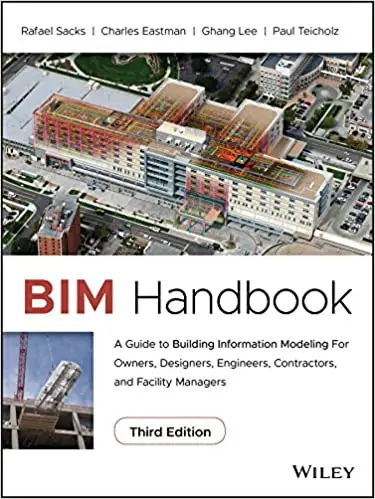BIM Handbook: A Guide to Building Information Modeling for Owners, Designers, Engineers, Contractors, and Facility Managers, 3rd Edition by Rafael Sacks, Chuck Eastman
English | Aug 14, 2018 | ISBN: 1119287537 | 688 pages | EPUB | 63 MB
English | Aug 14, 2018 | ISBN: 1119287537 | 688 pages | EPUB | 63 MB
Discover BIM: A better way to build better buildings
Building Information Modeling (BIM) offers a novel approach to design, construction, and facility management in which a digital representation of the building product and process is used to facilitate the exchange and interoperability of information in digital format. BIM is beginning to change the way buildings look, the way they function, and the ways in which they are designed and built.
The BIM Handbook, Third Edition provides an in-depth understanding of BIM technologies, the business and organizational issues associated with its implementation, and the profound advantages that effective use of BIM can provide to all members of a project team. Updates to this edition include:
Information on the ways in which professionals should use BIM to gain maximum value
New topics such as collaborative working, national and major construction clients, BIM standards and guides
A discussion on how various professional roles have expanded through the widespread use and the new avenues of BIM practices and services
A wealth of new case studies that clearly illustrate exactly how BIM is applied in a wide variety of conditions
Painting a colorful and thorough picture of the state of the art in building information modeling, the BIM Handbook, Third Edition guides readers to successful implementations, helping them to avoid needless frustration and costs and take full advantage of this paradigm-shifting approach to construct better buildings that consume fewer materials and require less time, labor, and capital resources.



